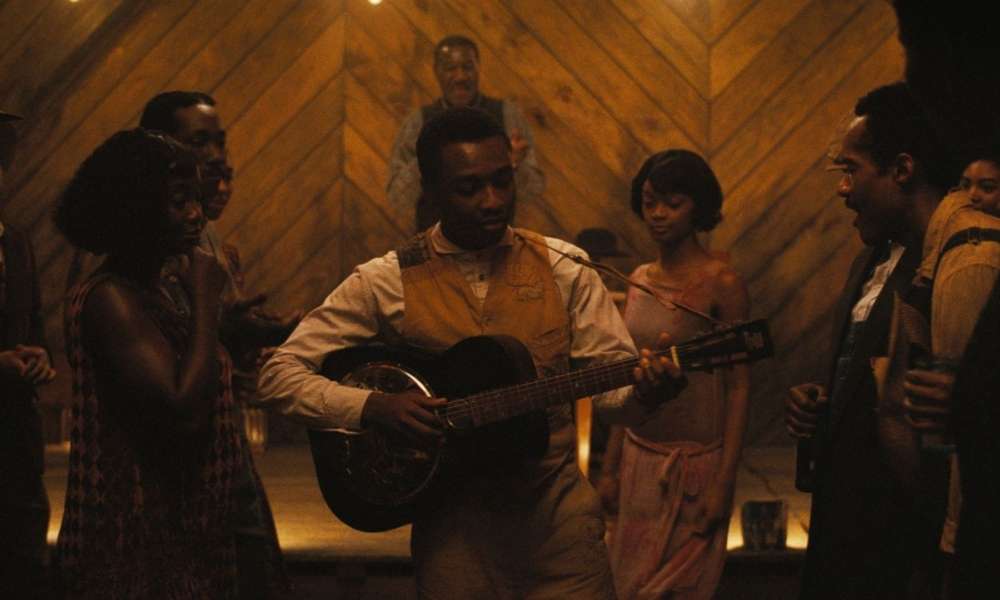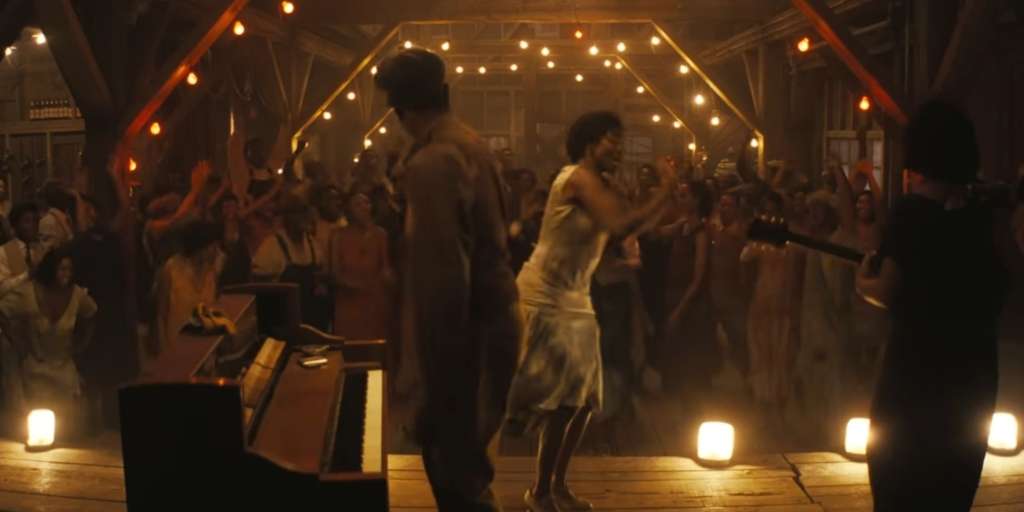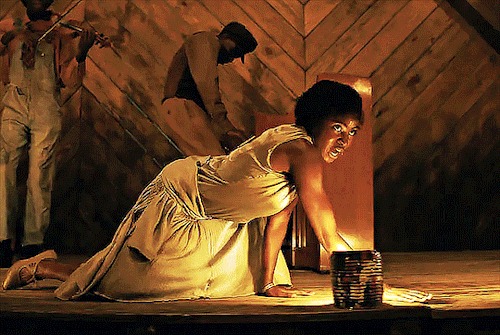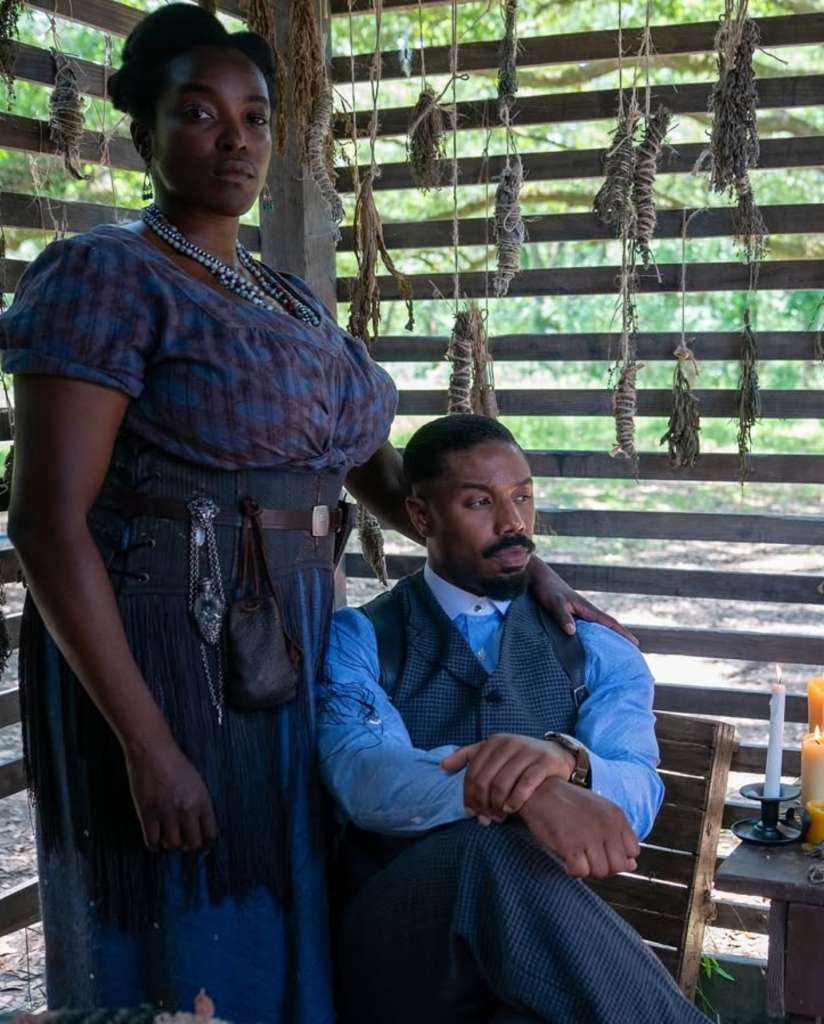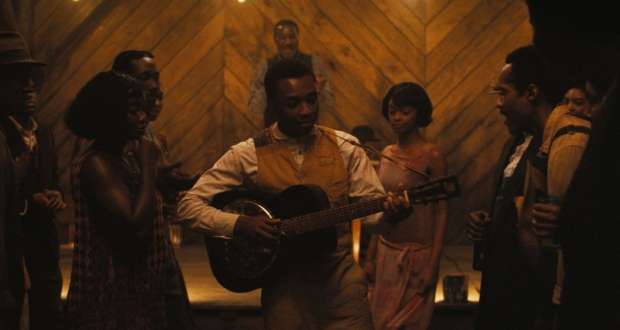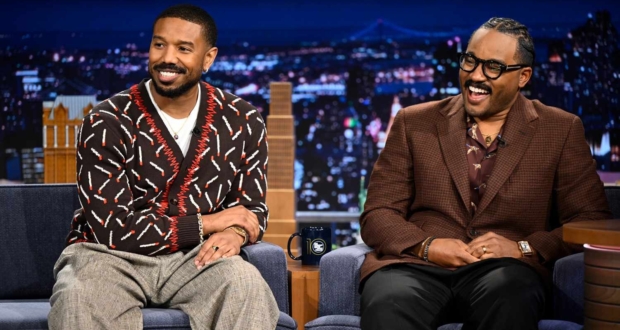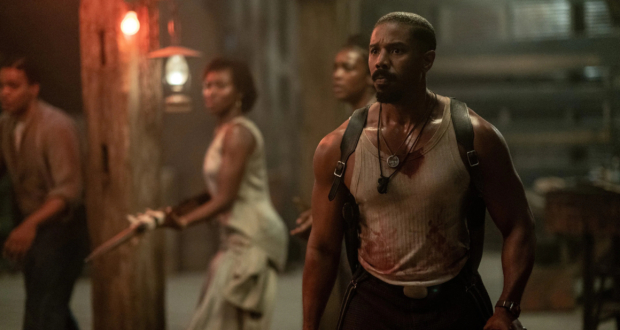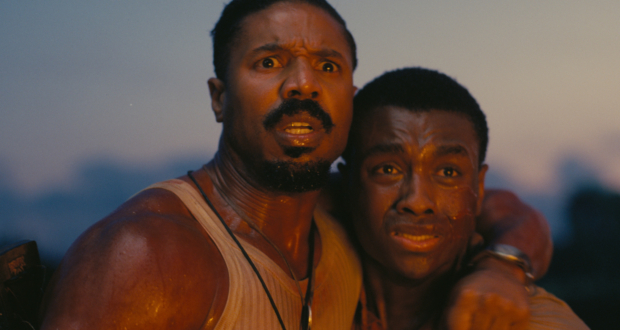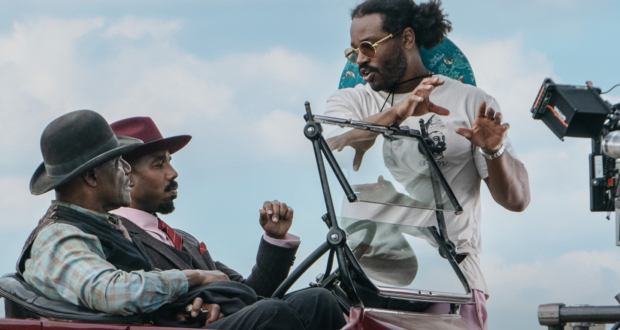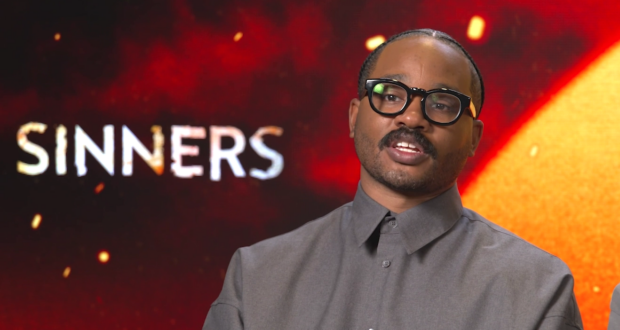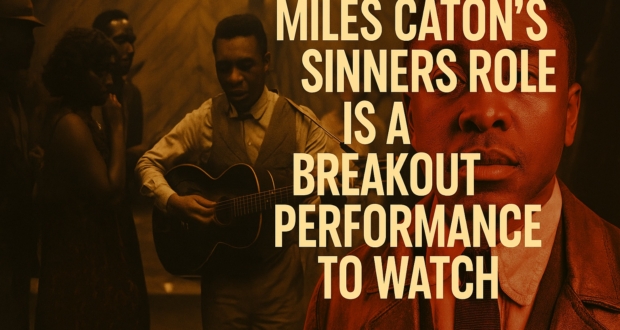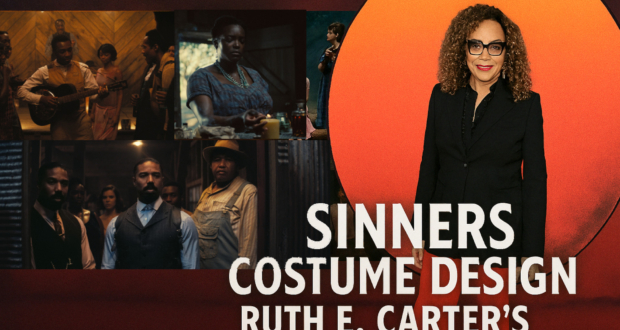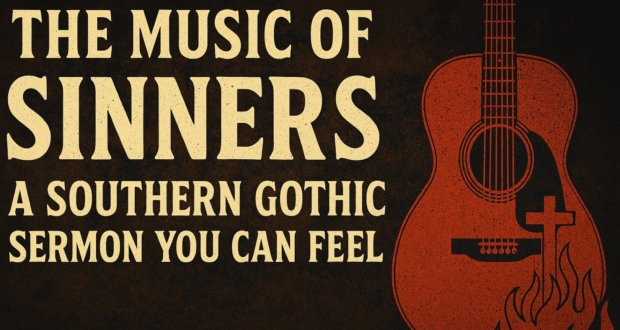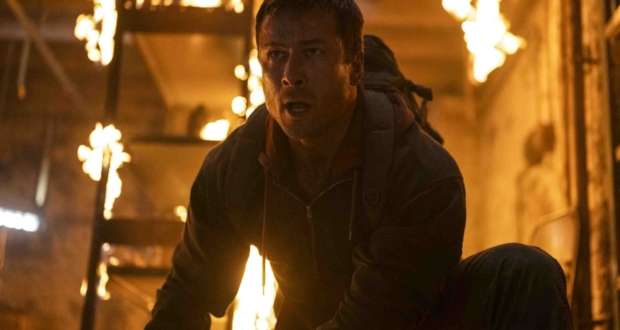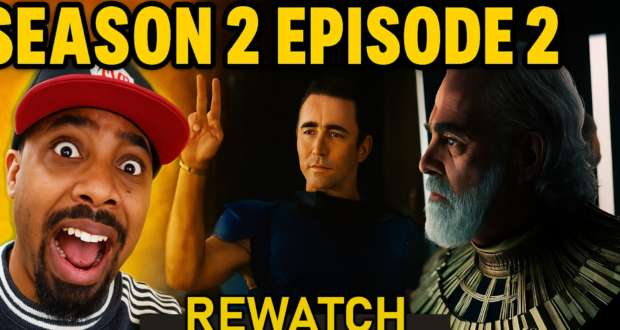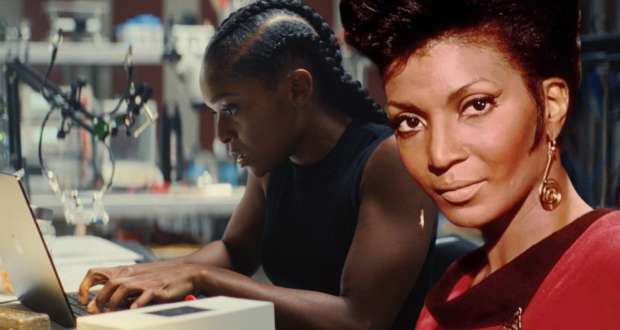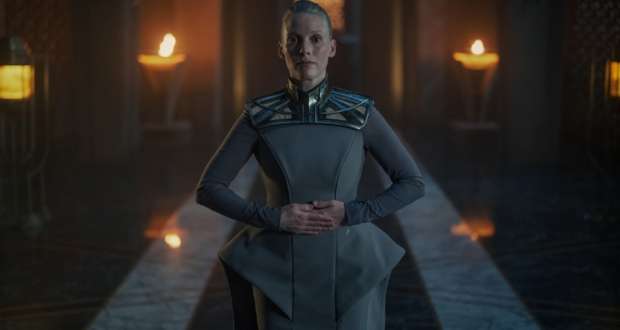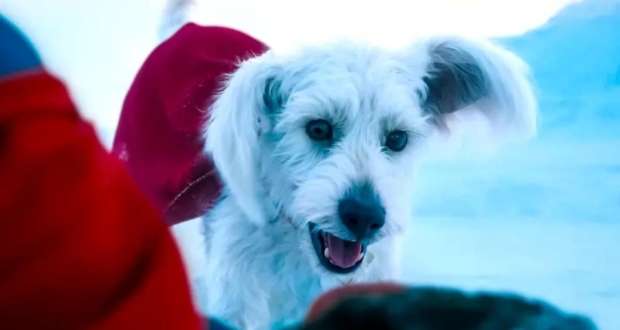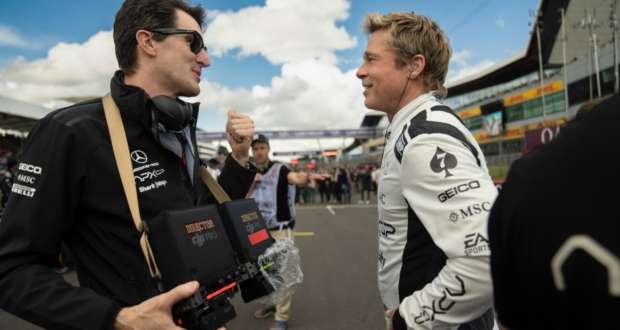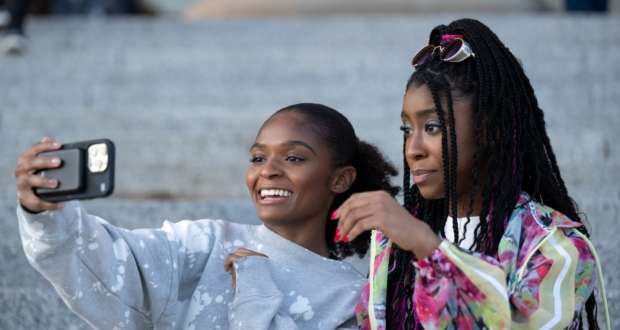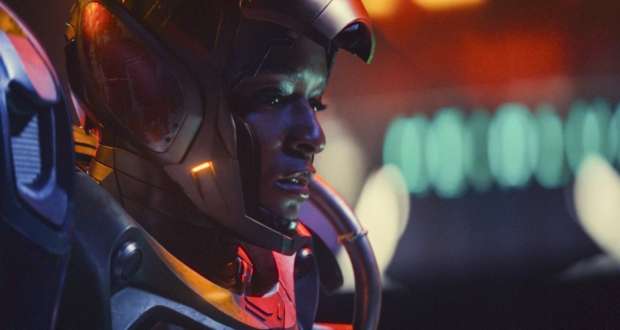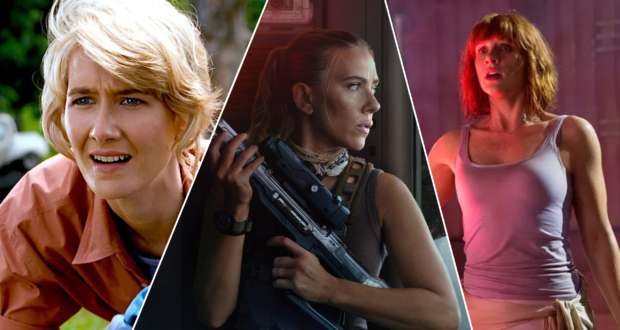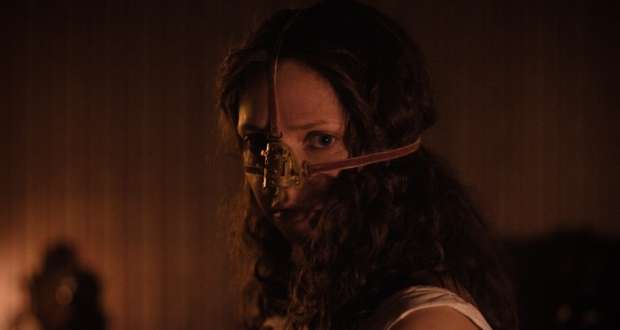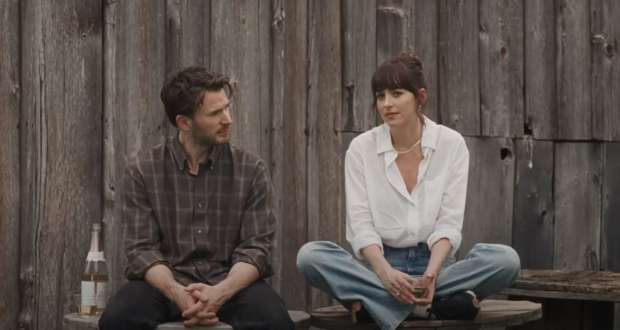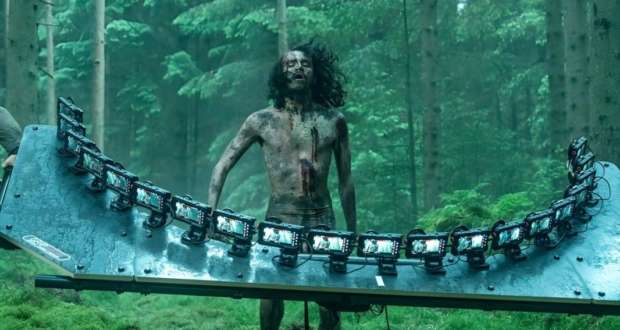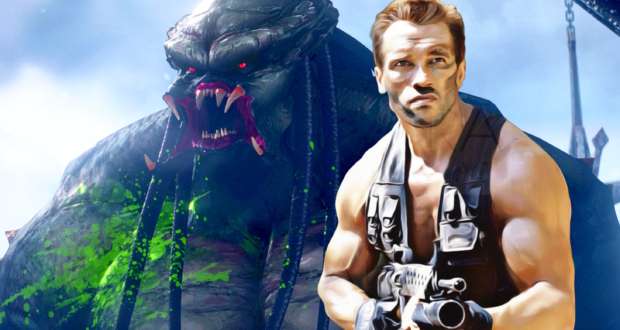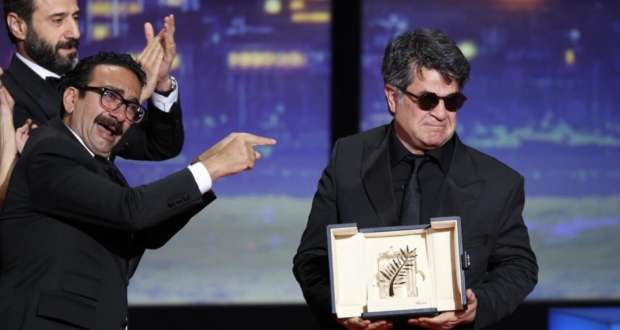There’s a moment in Sinners that centers around what may be the most powerful Sinners ancestral scene. The theater doesn’t just go quiet, it goes still. I’m talking deep, church-silence still. Like you’re waiting for something sacred to reveal itself. No jump scares. No explosions. Just the slow, deliberate appearance of ancestors stepping into the frame like they never left. And honestly, they didn’t.
This isn’t your typical horror film beat. This is something more profound. It’s cultural, it’s spiritual, it’s cinematic conjuring. This is the Sinners ancestral scene that makes the film unforgettable. The moment the ancestors arrive, the movie stops being about bloodsuckers and starts becoming a sermon. One whispered through drumbeats, candlelight, and the dusty air of memory.
“This scene wasn’t about death, it was about memory showing up and demanding to be felt.”
That’s the line someone dropped during a watch party, and it still lingers. Because this wasn’t just one family being remembered. This was entire generations standing in testimony. For those paying attention, the scene wasn’t horror. It was homecoming.
A Sanctuary Built in a Juke Joint
One of the most quietly revolutionary choices Ryan Coogler makes is turning the juke joint into sacred ground. Not by declaring it a church, not by dressing it up with stained glass. Just by showing us what it already was. You can smell the sweat, hear the shuffling feet, and feel the pulsing music in your chest. And somehow, you know something holy is happening.
The music isn’t background noise. It’s a vessel. The rhythm doesn’t just move bodies, it moves memories. When the ancestors arrive, it’s like they were summoned by bass lines and harmony instead of candles and incantations. Unlike typical genre beats, the Sinners ancestral scene comes with silence, not screams.
What stood out in your screening discussion was the realization that this juke joint wasn’t just a place to party. It was a site of transformation. A space where sacred and secular live in the same breath. That’s a core truth in Black spiritual life, and Coogler honors it without explaining it.
The juke joint didn’t pretend to be a church. It didn’t need to. It already held spirit.
When the ancestors arrive, they walk into a space that was already prepared to receive them. The emotional impact of the Sinners ancestral scene continues long after the credits.
The Sinners Ancestral Scene: Presence Without Permission
The most powerful part of the ancestral scene is how it unfolds without asking for permission. There’s no setup. No dialogue leading us in. No one saying, “This is important.” It just happens. Quietly. Majestically. Fully present.
Your post-screening conversation made it clear. This scene wasn’t for the characters. It wasn’t even for the plot. It was for us. For the audience. For the people who know that when an old photo makes your chest tighten, it’s not just nostalgia. It’s memory reminding you it still matters.
“This wasn’t personal heritage on display. It was community memory made manifest.”
The beauty of the moment is its inclusiveness. The Black ancestors are central, but there are subtle nods to others as well. The Mississippi Choctaw, the Chinese American storekeepers, even the Irish vampire Remmick. Each of them represents a lineage shaped by survival, by loss, by spirit.
This is what Coogler does so well. He gives every cultural thread a moment to breathe without a speech or spotlight. Just presence. Just truth.
Hoodoo, Healing, and Wunmi as the Bridge
Wunmi Mosaku’s Annie is not just another side character. She is the bridge between the living and the remembered. She doesn’t need to summon the ancestors. Her very presence keeps the line open.
When Annie walks into a room, the atmosphere changes. When she hums, you feel it in your spine. When she places a mojo bag or burns an herb, she’s not performing. She’s preparing. Her magic isn’t cinematic flair. It’s survival. And it’s beautiful.
Your discussion circled around her significance. Someone said, “She’s the one holding everything together while the world unravels.” That’s exactly it. Her Hoodoo is not spectacle. It’s structure. Her rituals aren’t props. They’re prayer.
And her home? Covered in haint blue, surrounded by offerings and symbols? That’s not production design. That’s a sacred blueprint. Coogler doesn’t dress her world up for authenticity. He lets it exist as truth.
Annie is not afraid of spirits. She welcomes them. And when they come, it’s not chaos. It’s clarity.
Sound as Storytelling, Silence as Power
Your group pointed out something profound. In Sinners, horror is often heard before it’s seen. Pain is in the audio before it’s in the visuals. When Delroy Lindo’s character shares a story of lynching, we don’t watch it. We hear it. Muffled, layered, textured with memory. It hits differently.
Then comes the ancestral scene. This time, no sound. No score. No exposition. Just silence. And it is deafening in the best way. That silence carries more weight than any scream could have.
“In a film where horror is often heard before it’s seen, the ancestors arrive in silence, and it’s louder than any scream.”
That is mastery. It’s the kind of storytelling that doesn’t just move plot. It moves soul. It honors the gravity of the moment without trying to manipulate your emotions. It trusts that you’ll feel it, if you’re open to it.
Healing That Starts Off Screen
This was maybe the most beautiful point raised during your roundtable. The movie sparked memory. One guest said they went home and called their mother. That led to a conversation about their great-grandmother they’d never had before.
That’s the power of cinema when it’s done with purpose. Sinners doesn’t just stay on the screen. It extends into the heart. It pushes us to ask questions, to trace roots, to sit with names we haven’t said out loud in years.
“The ancestors on screen opened up memories off screen. That’s cinema doing real-world spiritual work.”
In a culture that pushes us to forget, Coogler offers a reason to remember. Not for nostalgia, but for connection. For continuity. For healing.
No One Needed to Witness It, But We Did
This moment wasn’t about who saw it. It was about who felt it. We did. The audience. The ones raised on stories and silence. The ones who know that not everything spiritual needs explanation.
“The church judged. The ancestors witnessed.”
The power of that scene lives in the trust Coogler puts in us. He doesn’t need the characters to confirm what’s sacred. He already knows we will.
Final Thoughts on the Sinners Ancestral Scene: They Didn’t Haunt, They Held Us
Here’s what stays with you. Not the vampires. Not the blood. Not the fights. It’s the stillness. The moment when legacy stepped into frame and made time stop.
Sinners doesn’t use ancestors for fright. It uses them for grounding. For truth. For testimony. That’s what makes it feel so real, even in a world full of monsters.
“The ancestors in Sinners didn’t need a spotlight. They brought their own.”
They didn’t show up to scare you. They came to remind you. That you’re not alone. That someone walked before you. And that someone is watching, still.
When those ancestors appeared on screen, they weren’t just showing up for the characters. They were showing up for you.
